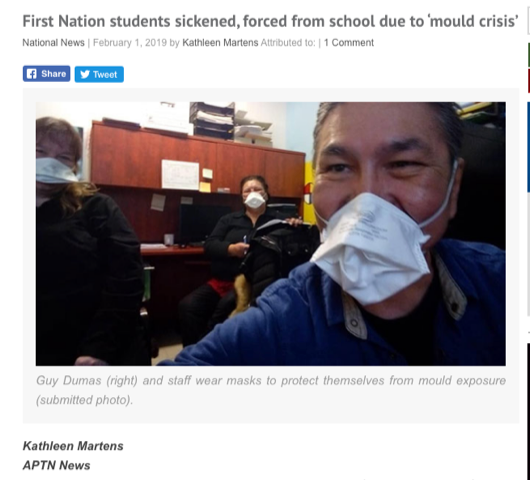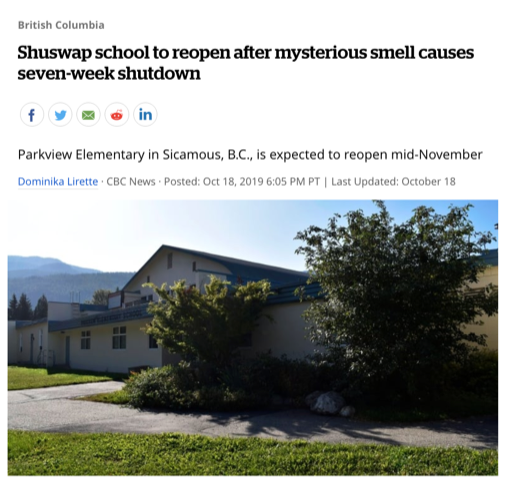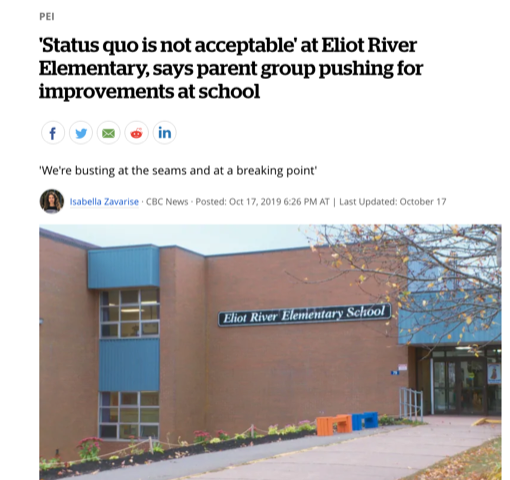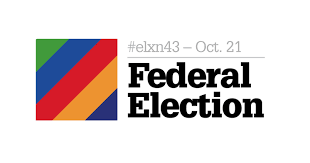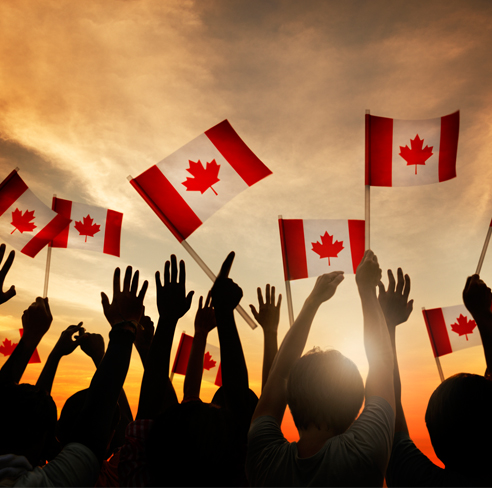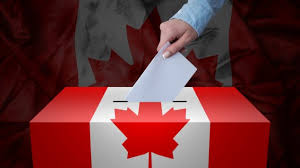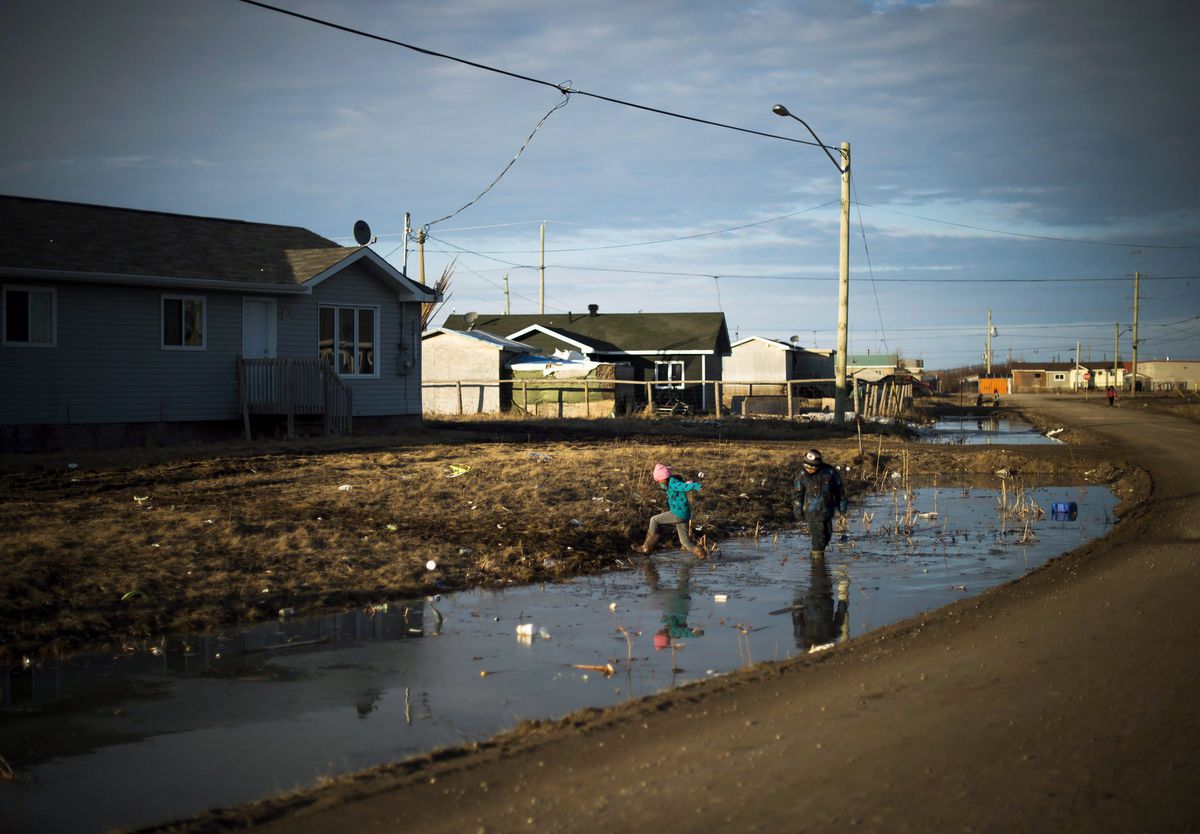Back to School
As Ontario’s students get ready to return to classes for the the first time since April, there is much uncertainty and trepidation. In the August 28, 2021 Globe & Mail opinion piece entitled, “How to fix Canada’s education catastrophe in five steps“, Irvin Studin described the chaos – “for the majority of Canada’s nearly five million children still in the country’s school systems, learning loss and destabilization during the pandemic have been severe. This is particularly true in Ontario, which includes 40 per cent of the national student body and which has seen some of the longest school closings in North America.” And with this in mind, Studin posits that, “schools must be kept open at all costs” and that, “we must double down on quality because “average” or “normal” – or, yes, “safe” – is plainly not good enough.”
It is now September and many parents, teachers, and education workers are echoing the Toronto Star Editorial Board’s sentiments in their August 24, 2021 editorial entitled, “Ford is sleepwalking Ontario into a rising COVID wave again” and wondering, “where is Premier Doug Ford?” and “why is it that Doug Ford, who has access to the most information about the trouble coming our way and holds the most tools to do something about it, is always the last one to see the light?” The Toronto Star Editorial Board argues that Ontario must follow B.C and Quebec’s lead in implementing a vaccine certificate system (which Premier Ford reluctantly announced this week), noting that the Ford government has consistently failed to be proactive, instead choosing to wait until things got really bad before scrambling to enact policies and measures that then proved too little and too late. They also go so far as to state that Premier Ford’s lack of proactive policy amidst this fourth wave of the COVID pandemic is “a total abdication of political leadership”.
Where is Doug Ford??? (Asking for a province)
— Abdu Sharkawy (@SharkawyMD) August 31, 2021
In this absence of political leadership, the Toronto Star released an article on August 30, 2021 entitled, “With September approaching, how safe is your child’s elementary school?” The article notes that “experts say community vaccination rates are one of the most important indicators of COVID transmission risk among unvaccinated kids.” and goes on to release vaccination rates by postal code for Toronto to help families better understand the risks involved as their unvaccinated elementary school children head back to school. Partnering with Tai Huynh, founding editor-in-chief of The Local, the same Star article provides a chart in which the risk of infection for younger students can be compared among Toronto’s 666 elementary and middle schools in the TDSB, TCDSB and the French public and Catholic boards. This chart considers the community case count over the course of the pandemic as well as vaccination rates in order to arrive at a risk rating for each school.
Annie Kidder, executive director of People for Education, a non-profit that supports public education, is cited in the same Toronto Star article as stating that, “the best way to protect kids this fall is to require COVID shots for both staff and students 12 and up.” Kidder also noted that children already need to get vaccines for diseases such as measles and polio to attend school.
School Ventilation
Another element of ensuring COVID-spread and outbreaks are limited in schools is good ventilation in schools and classrooms. As of September, our provincial government has mandated that all kindergarten classes and all learning spaces without mechanical ventilation are required to have at least one air purifying (HEPA) filter. Also as per provincial mandate, schools with mechanical ventilation are expected to increase outdoor air exchanges and improve the grade of filter used. Of note is that some school boards, such as the Toronto District School Board, are going above and beyond this provincial directive to ensure all classrooms have portable air purifiers with HEPA filters. Of equal note is that non-mechanically ventilated classrooms may need more than one HEPA filter to achieve the ventilation required to reduce the spread of COVID.
Most people don’t realize there are no ventilation standards for schools without mechanical systems. We rely on the good faith of the school board to work towards #ventilationequity. It’s shouldn’t be this hard, @Sflecce should make minimum standards (ASHRAE 62.1, for example). https://t.co/txrZKE6k7G
— Ryan (@rye_b) August 24, 2021
However, our provincial government has fallen short relative to school ventilation. The provincial government has not provided adequate funding to ensure all classrooms ultimately benefit from mechanical ventilation, which would provide benefits well beyond the COVID-pandemic. We know that only 70% of classrooms in Ontario have mechanical ventilation. As well, our provincial government has failed to provide the funding or direction to school boards to institute standards and metrics for indoor air quality and ventilation. At the end of the day, what really matters is the outcome of the ventilation investments so without regular measurements and a standard to meet, we will never know if our children’s classrooms have good ventilation.
In New York City, “school ventilation action teams” have been created to assess the air quality in all schools ahead of September. “Until you actually measure the air in there and what (air) exchange is happening, it’s just a bit of ventilation theatre,” said Seth Bernstein, a secondary school teacher and parent to an elementary school-aged kid.
Federal Election
Since Fix Our Schools’ inception in 2014, we have always taken the opportunity with each federal election to highlight:
- The federal government is responsible for First Nations education and schools and there is notable disrepair, lack of clean water and sanitation in many schools on First Nations reserves. There is also an absence of schools within a reasonable distance for many First Nations students. Since the last federal election in 2019, there has been no notable improvements in school conditions, lack of clean water and sanitation in schools on First Nations reserves, nor any move forward in accessibility of quality education to all Indigenous children. Therefore, we once again urge all federal parties and candidates to prioritize the schools and education of all Indigenous children.
- How federal funding could benefit school building infrastructure across the country even though historically, our federal government has stayed entirely out of schools and education, which are technically a provincial jurisdiction. However, our argument has always been that if we delineate the school buildings from education, surely federal funding could go towards the renewal, repair and building of critical school infrastructure. Interestingly, the COVID-19 pandemic led the federal government to allocate hundreds of millions of dollars to provinces to use to make improvements to school buildings that would help reduce the spread of COVID-19. We’ve seen the lion’s share of this federal funding go towards important improvements to ventilation, which will serve to benefit children, teachers, and education workers not only during the pandemic but also for the long-term. With this as a precedent, Fix Our Schools once again urges all federal parties and candidates to prioritize the allocation of annual funding to Canada’s school building infrastructure in order to address the unacceptable levels of school disrepair across the country.
In the coming weeks, as you have opportunities to ask questions of federal parties and candidates, here are some questions and conversation starters you may consider.

